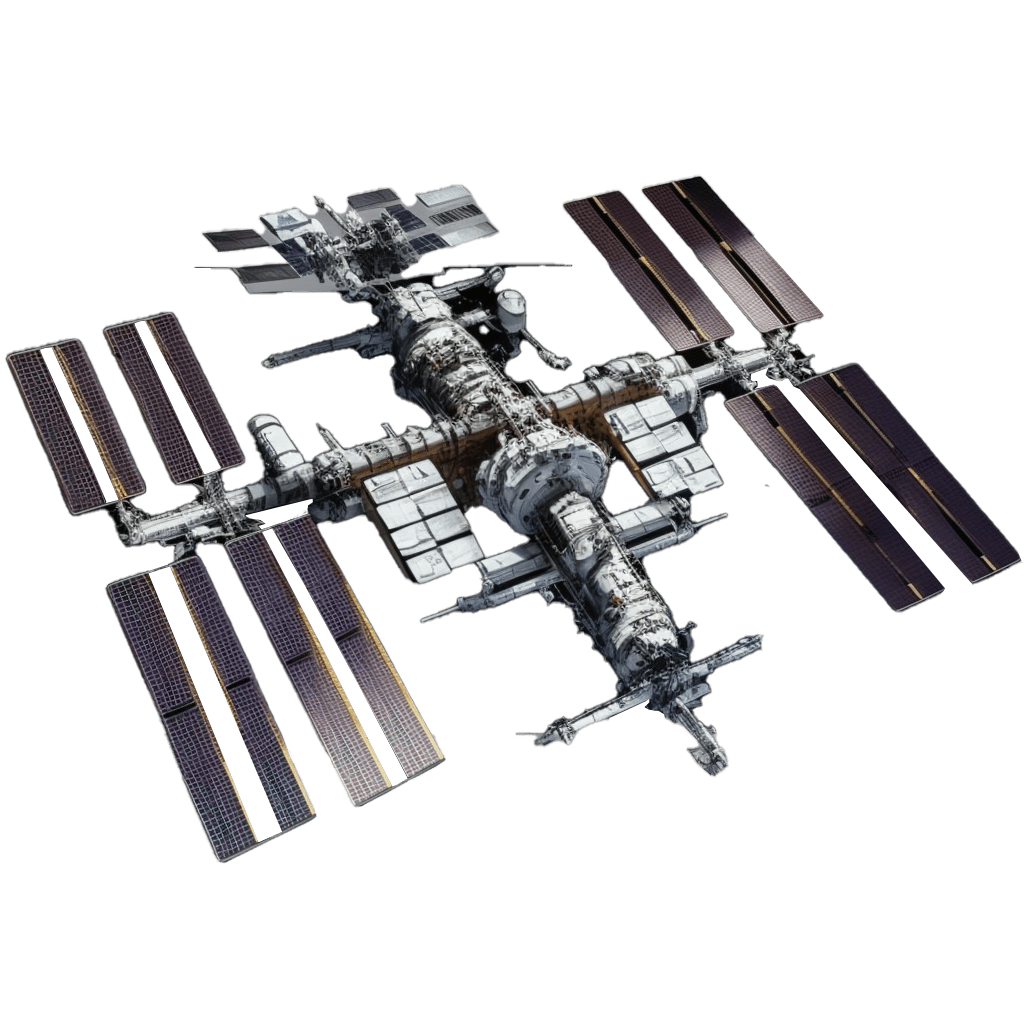A space station is a large spacecraft designed to orbit the Earth and provide a permanent home for astronauts to live and work in space. It is one of the most impressive inventions in human history, allowing us to conduct research, carry out experiments, and learn more about the universe we live in.
Space stations are designed to be self-sufficient, with the ability to generate power, recycle water and air, and grow food. They provide a unique environment for scientists to conduct experiments in microgravity, which can help us develop new technologies and find solutions to global problems.
The first space station, the Russian Salyut 1, was launched in 1971, followed by the United States’ Skylab in 1973. Since then, several other space stations have been launched, including the Russian Mir and the International Space Station (ISS), which is a joint project between multiple countries.
The ISS is the largest space station ever built, and it has been continuously inhabited since November 2000. It orbits the Earth at an altitude of approximately 400 km and travels at a speed of 28,000 km/h. It has provided a platform for research in fields such as medicine, biology, physics, and astronomy.
Space stations are not only important for scientific research, but they also have practical applications such as providing a testbed for developing technologies for long-duration spaceflight and serving as a waypoint for astronauts traveling to and from the Moon and Mars.
In summary, space stations are one of the greatest inventions in human history, providing a platform for scientific research and technological innovation in space. They have opened up new frontiers in space exploration and have the potential to help us address some of the most pressing challenges facing our planet today.



Comments are closed